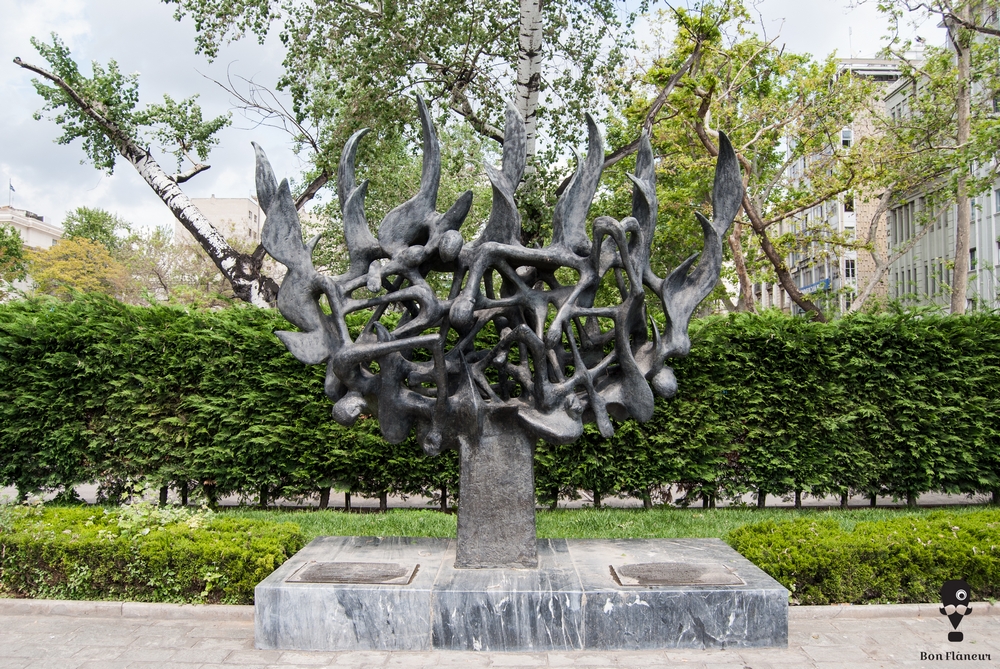Monument for the Jewish Holocaust
The Monument for the Jewish Holocaust is a sculpture with faltering human figures in the shape of a seven-light lamp.
Location
Timeline
Modern and Contemporary era (1912 - )
1997 First placed at Ippokratio Hospital and uncovered by the President of the Republic Konstantinos Stefanopoulos.
2003 Transferred to Eleftherias Square.
2006 On February 16, Moshe Katsav was the first Israeli president to visit Greece and lay a wreath at the monument. Originally, the monument was placed in the old Jewish quarter (Settlement 151), but due to construction works , it was moved here.



Share